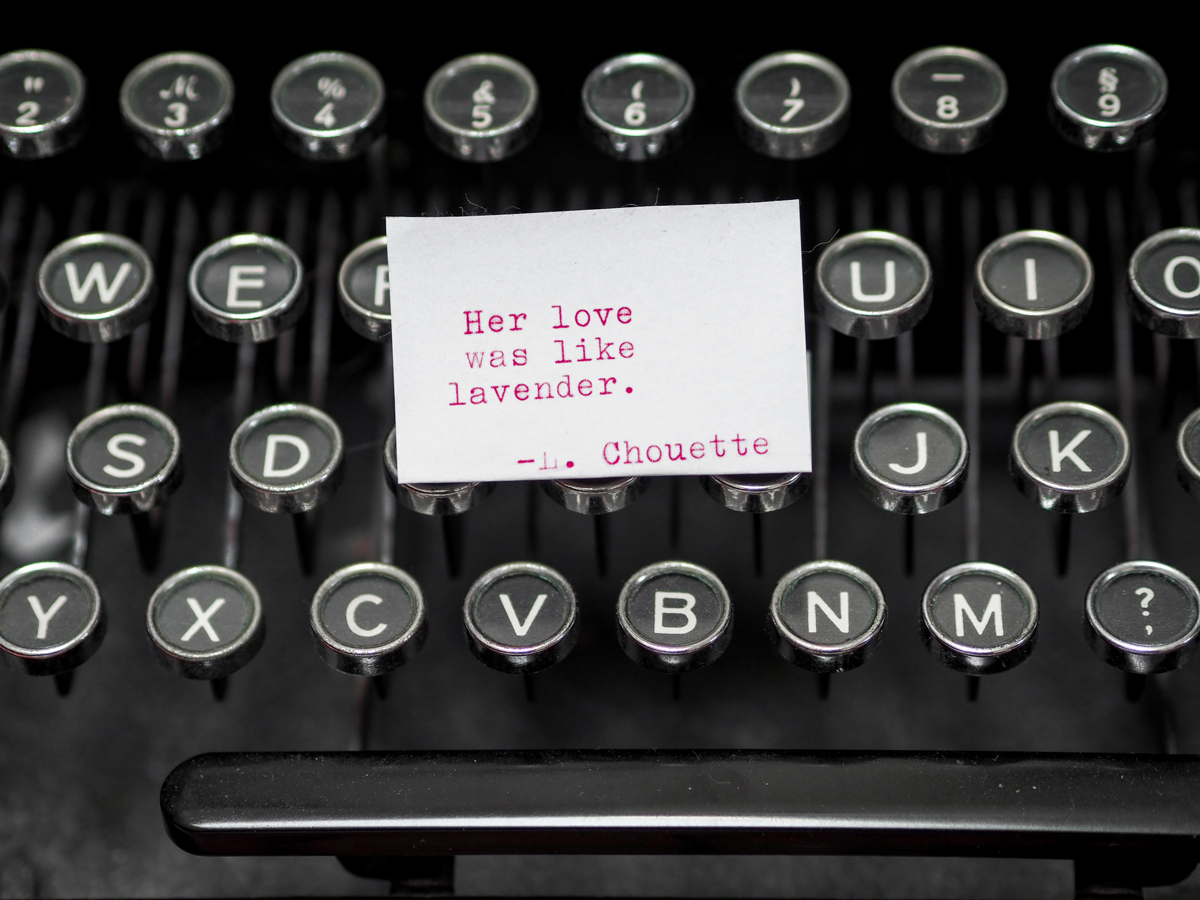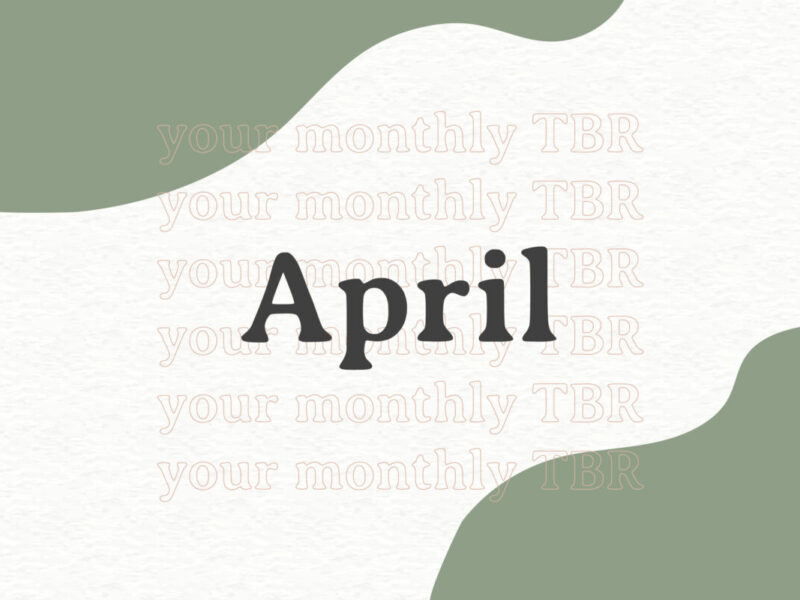Simile Versus Metaphor: What Are They and How Can You Use Them in Your Poetry?
Simile and metaphor stand out as common and important terms in any poetry class or workshop. However, these literary devices, as well as the important distinctions between them, may puzzle poetry newcomers. Whether you’re wanting to grow your knowledge or just need a refresher, these tips and examples can help you incorporate simile and metaphor into your poems.
What’s a simile?
A simile is a literary device that compares one thing to another, using “like” or “as” to weave this comparison together.
Examples of simile
- In “Loss” by Alex Elle, whose poetry collection Neon Soul was published by Andrews McMeel Universal in 2017, Elle writes, “the question is as hard as / swallowing rocks and as / brutal as stormy waters / crashing to shore.” The simile compares a question to both rocks and stormy waters, using “as” to create this powerful connection.
- In “Harlem” by Langston Hughes, Hughes asks, “What happens to a dream deferred? / Does it dry up / like a raisin in the sun? / Or fester like a sore— / And then run? / Or crust and sugar over— / like a syrupy sweet? / Maybe it just sags / like a heavy load.” Multiple similes overlap and build upon each other in this poem. The “dream deferred” Hughes reflects on is “like a raisin in the sun,” “like a sore,” “like a syrupy sweet,” and “like a heavy load,” somehow taking on all of these different images and implications at once.
When to use a simile in your poetry
Use simile when you want to compare two things to each other. Oftentimes, one of these things is more literal—like the “stormy waters” or “syrupy sweet” above—while another is a more abstract, lofty concept, like a “dream deferred.” The usage of simile can make ambiguous, intellectual ideas more tangible. Simile can be easier for both readers and writers to understand than metaphor and may be slightly more clear. When one simile echoes another, such as in Hughes’ “Harlem,” the repeating nature of “like” and “as”—as well as the beautiful images that follow—can generate a rhythmic, chorus-like effect.
What’s a metaphor?
A metaphor invokes one thing by mentioning another. While another example of figurative language that mirrors simile in many ways, metaphor is less direct than simile. With the absence of “like” or “as,” metaphor allows one image to flow more fluidly and seamlessly into another. Well-fitting, expressive metaphors can captivate readers, while metaphors that aren’t as carefully constructed may confuse them. Poets can craft interesting, exact comparisons through metaphor by gaining an understanding of vehicle and tenor. In a metaphor system, the tenor is the concept a poet is trying to symbolize, while the vehicle is the image that carries or fleshes out this comparison.
Examples of metaphor
- In this excerpt from Break Your Glass Slippers by Amanda Lovelace, released in 2020 by Andrews McMeel Universal, Lovelace writes, “I’ve become a terrifying storm of a girl who will never settle for anything less than what she deserves.” Lovelace does not use “like” or “as”—a key aspect of simile—but instead delves into metaphor, allowing the visceral image of a storm to convey the strength and resilience of womanhood.
- In Emily Dickinson’s iconic poem “‘Hope’ is the thing with feathers,” Dickinson opens with this famous declaration: “‘Hope’ is the thing with feathers – / That perches in the soul.” Rather than saying that hope is like the thing with feathers, which would be a simile, Dickinson identifies that hope is the thing with feathers. This use of metaphor marks a more vivid association between these two ideas. In this example, “hope” is the metaphor’s vehicle. Meanwhile, “the thing with feathers” occupies the role of the tenor.
When to use a metaphor in your poetry
Use metaphor when you want one idea to blur into another, creating a collision of images. Similes definitely have a role in poetry, but metaphors eliminate the sometimes clunky usage of “like” or “as.” Utilizing a metaphor can also be a powerful way for a poet to showcase that they trust their readers. Metaphors rely on readers to believe in and draw their own parallels, without the directness of “like” or “as” holding their hands throughout this journey.
Ultimately, poets should use both similes and metaphors in their writing. This skillful variation will help any poem shine. Happy writing!




